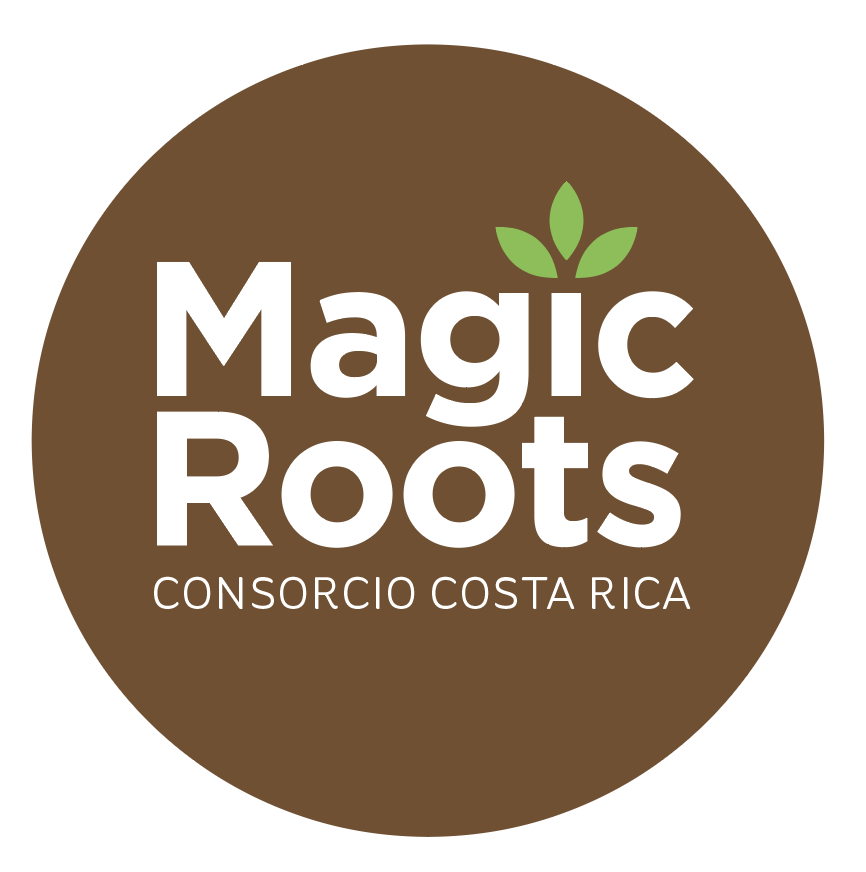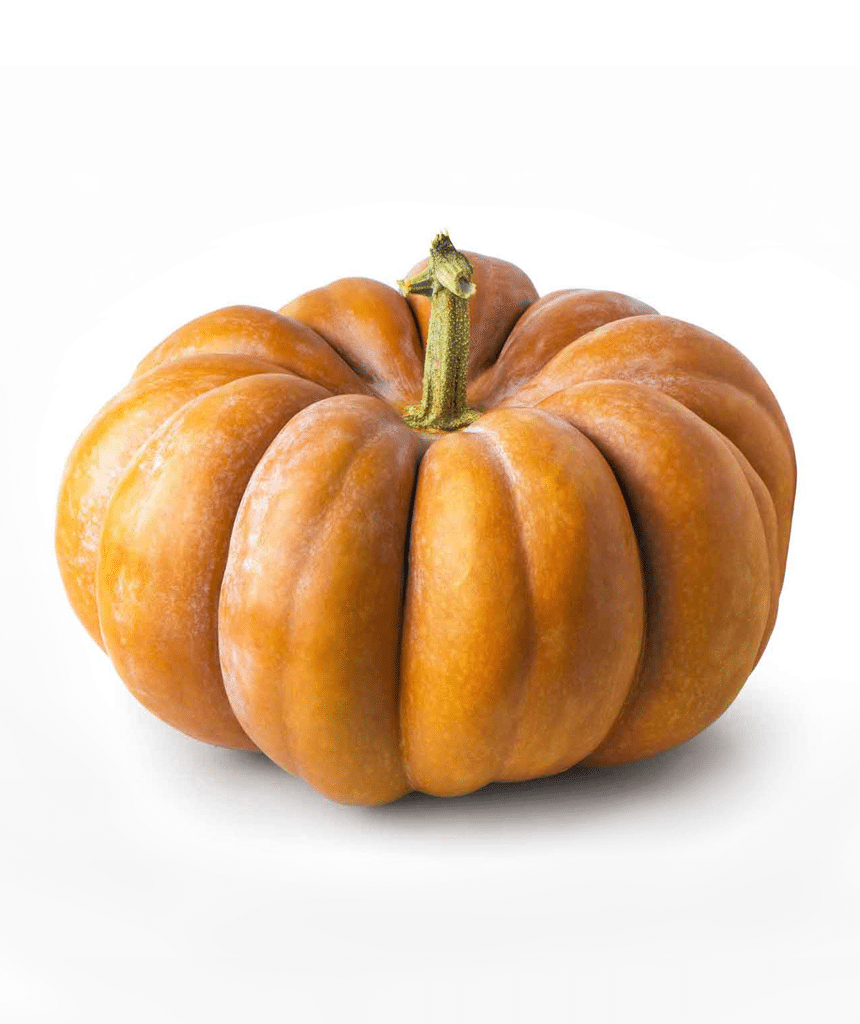practically 90% of its composition.
Pumpkin is rich in water,
It is rich in beta carotenes, responsible for its orange color, they are beneficial for the skin, it increases protection against ultraviolet rays, they help to exert a potentiating effect of the immune system and it promotes visual health, protecting the ocular mucous membranes. In addition, to the pumpkin pulp, the seeds also have nutritional support, they are rich in energy, protein, iron, phosphorus, niacin, folic acid, magnesium, zinc, mono and polyunsaturated fats, as well as fiber. The seeds are also characterized by being a source of phytosterols, substances that block the absorption of cholesterol, preventing problems related to it, such as diseases of the heart and arteries. Some research has revealed that phytosterols inhibit the development of tumors in the colon, mammary glands and prostate.
Nutritional information (100 g) of raw pumpkin:
- Calories: 30 kcal (DV 2%)
- Proteins: 0.60 g
- Carbohydrates: 7.6 g
- Fiber: 0.5 g (DV 2%)
- Fat: 0.2 g
- Calcium: 19 mg (DV 2%)
- Iron: 0.5 mg (DV 3%)
- Phosphorus: 22 mg (DV 2%)
- Zinc: 0.32 (DV 2%)
- Sodium: 1 mg
- Potassium: 340 mg (DV 8%)
- Vit A: 143 mcg (DV 3%)
- Vit. C: 15 mg (DV 25%)
- DV-Daily Value
Note: The percentage values are based on an approximate diet of 2000 calories per day.
for?
What is the pumpkin
- Indispensable for the health of the skin and eyesight: Being rich in vitamin A, it promotes visual health, protecting the ocular mucous membranes, it also helps us to have a healthier skin, essential for our body that is involved in wound healing , wrinkle prevention and recovery of brightness and uniform skin tone
- Regulates cholesterol levels: Pumpkin contains soluble dietary fiber, which helps us to metabolize blood cholesterol and fight constipation.
- Helps prevent cancer: The beta-carotenes that contains (the elements that give it its characteristic orange color) have proven to be very important in the prevention of lung, colon, prostate, stomach and uterine cancer.
- Promotes the immune system: Its high antioxidant content helps us increase our defenses. It protects us from viral and bacterial infections, because it ensures the good state of the digestive mucosa, which acts as a barrier against allergens.
- Promotes digestive health: Pumpkin pulp has a high content in mucilages, which have a softening and protective action of the stomach lining. Therefore, it is indicated in cases of heartburn, difficult digestion or gastritis, as it calms the irritation and stomach ache. The dietary fiber present helps prevent constipation, while its potassium content improves digestion and stimulates the contraction of smooth muscle in the stomach, helping to have proper bowel habits.
- Promotes heart health. It is an excellent source of potassium, an important component that regulates heart rate and blood pressure by counteracting the hypertensive effects of sodium.
- Satiating and diuretic effect: Pumpkin is a food with a high fiber content, resulting in a very satiating food, in addition to having a low caloric power and diuretic properties, so it is a highly recommended vegetable in the treatment of Benign prostatic hypertrophy, due to its diuretic properties, helps in the emptying of the urinary bladder, improving the problem of fluid retention, consequently favors the control of hypertension and the formation of kidney stones.


